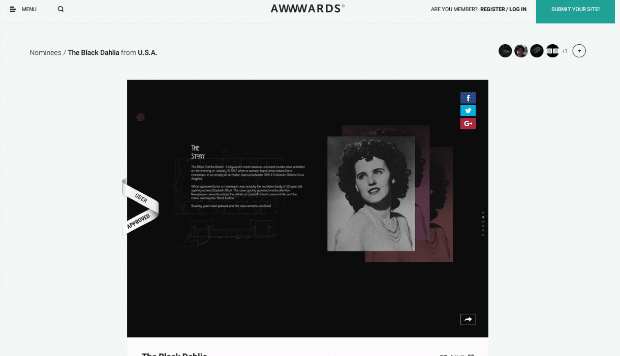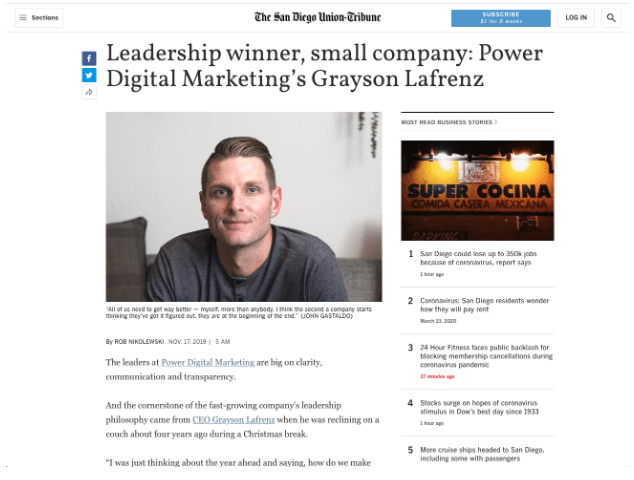Our blog
Power Digital’s CEO, Grayson Lafrenz Shares the Importance of Prepping Clients for the Holiday Season

Table of contents
Our CEO, Grayson Lafrenz shares the importance of preparing clients for the holiday season. The holiday season could very well be your most profitable time, learn how to execute the strategy. Check out the 4 quick tips to create a fluid holiday plan in the article below!
Link to Article:
Our Editorial Standards
Reviewed for Accuracy
Every piece is fact-checked for precision.
Up-to-Date Research
We reflect the latest trends and insights.
Credible References
Backed by trusted industry sources.
Actionable & Insight-Driven
Strategic takeaways for real results.







